Reviewed by Grant McCreary on November 13th, 2007.
Update: Since this review was posted, a second edition of this guide has been published. It’s available in North America in paperback only, and in Europe as both a paperback and hardcover.
This guide has been widely praised as the finest field guide for the birds of Europe, and even the best guide for any region period. I would be willing to wager that the vast majority of birders in the region covered by this guide are already well aware of it and its high regard. Thus, this review is targeted toward those outside of Europe who may not be familiar with this book and the benefit it may offer them.
This guide covers all the birds that regularly occur in Europe, North Africa (above 30 degrees North), and most of the Middle East (Israel, Palestine, Jordan, Lebanon, Syria, Turkey, Armenia, and Azerbaijan). In total, 722 species are covered in detail. There are an additional 23 that are either introduced birds or escapees from captivity. And finally, 103 further species are listed that are very rare vagrants. Many of these species, especially among the waterfowl, seabirds, gulls, and shorebirds, are also found in North America. Others, particularly migrants, also occur elsewhere in Africa and Asia.
The book starts with a short introduction. It explains the features of the book such as the distribution maps and symbols for the status and abundance. Some notes on molt, plumage variations, and how birds are identified are helpful, but necessarily brief. Separate glossaries for plumage and age terms and general technical terminology are also included. It’s a good idea to have them, but it seems weird that they are in the introduction and not at the end of the book where you normally look for the glossary.
The species accounts are organized with the plates on the right-hand side and the text on the facing page. The distribution maps are included along the bottom, usually on the left page.
Each plate normally includes three or four species, arranged in rows. A thin black line separates them. This is a welcome touch, especially in the smaller paperback where the large number of illustrations could easily get confusing. Most species have several illustrations, depending on how many plumages it has. Most are also shown in flight. Additionally, many “vignettes” and “distant view” images are shown of the birds in their normal habitat or engaging in a typical behavior. These are illustrated as they would appear at long range or in poor light, as these are all too commonly the only views that birders get. The plates are annotated with many notes and lines pointing out important features (as in the Sibley Guide, for those familiar to it). This is extremely helpful, and I wish that more guides would incorporate this technique.
The artwork is simply stunning. Most field guides have at least some birds that appear awkward. You may not be able to pinpoint the exact problem – they just seem off. Not so here. Every bird is both realistic and stylistically pleasing. However, I must note that there are two plates of North American vagrants that have been drawn by a different artist. The difference in styles is apparent, even a little jarring. But even so, they are still accurate and I can find no fault in them.
The species accounts consist of the following:
- Status and Abundance – for Great Britain and Ireland only, given by a code
- Size – length and wing span in centimeters
- General Notes – includes information on breeding, food, habitat, habits, and other general info
- Identification
- Voice – songs and calls are described
The identification section makes up the bulk of each account. Important field marks are in italics. Each distinct plumage is described as necessary, along with any other traits or habits that may assist in making an ID.
Since this book has been published under different titles and in various formats, it may be helpful to give a brief overview of them. Aside from a few typographical differences, I believe the content is identical in all versions.
-
Collins Bird
Guide
– This is what the guide is known as in Europe. It is available in both paperback and larger hardcover formats.
-
The Complete Guide to the
Birds of Europe
– The hardcover version published in the United States.
-
Birds of
Europe
– Softcover edition published in the US.
The hardcovers are essentially enlarged versions of the softcovers (which were actually published first). The main problem with the paperback is that it is cramped for space. The font size is fairly small and could be a problem for some people to read. The number of species covered, the incredible amount of information given, and the desire to make it portable ensures that this issue was unavoidable. The hardcover edition is nearly three times larger, thus eliminating this concern. Additionally, the artwork is also larger and has more room to breath, making it even more spectacular. Reading and studying the larger edition is simply easier and much more enjoyable. But of course the increase in size and weight means that it is not practical to carry into the field while birding.
Recommendations for this guide are very simple. If you will be birding in Europe, without any doubt you absolutely should have this field guide. I would even take this a step further. Every birder who regularly encounters even some of the birds covered here, or might find one as a vagrant, should own this book. That definitely includes everyone in North America, as many of our difficult species, such as gulls and shorebirds, are included. The next decision is which version to get. I would suggest that everyone get at least the hardcover. The larger format just does wonders for the art, and it is much easier to scrutinize and study. And then anyone needing to use the guide in the field should also have the smaller paperback.
I cannot state that this is the best field guide in the world, or even for Europe (this is the only modern European guide that I have). But I have no problem stating that this and the North American Sibley Guides are easily the best field guides that I have seen.
Disclosure: I get a small commission for purchases made through links in this post.


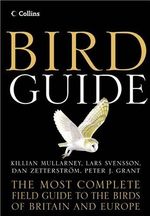
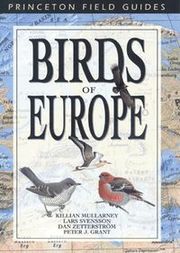


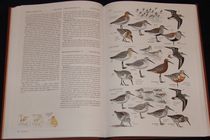
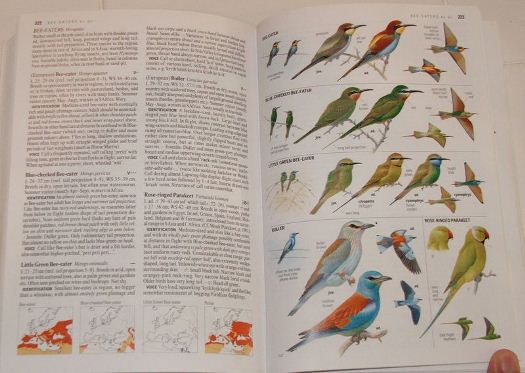
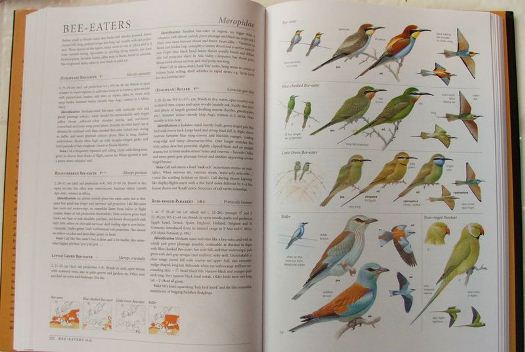

I’ve been using this book (German version) since it was published several years ago. It is by far the best field guide I’ve ever used. The text is more detailed than in other guides (including those for North America) and the plates are spectacular. I own the large edition and the field guide. An absolute must have for any birder interested in European birds.
I have to agree, Birds of Europe by Killian Mullarney, Lars Svensson, Dan Zetterstrom, Peter J. Grant is one of the best field guides currently available.
I felt like this guide book would be fluff for $30 but heck I gave it a shot and I was wrong! zygors guide review
I am currently looking for Birds of Europe, 2nd edition, hardcover to order in Europe but found none so far. I’d be thankful for any suggestions
Diana – Here’s a link to the hardcover second edition at NHBS: http://www.nhbs.com/collins_bird_guide_tefno_70655.html&bkfno=165739&af_id=1779648
This hardcover is only available in Europe, where it’s called Collins Bird Guide
So it’s the same..The title sort of confused me, thought it’s something different.. although it’s clear now when I look at the authors. Thanks very much, can’t wait for the delivery
[…] Birds of Europe (The Birder’s Library, Nov. 13, 2007) […]
Postovani, da li postoji i prevod na nemacki jezik? Da li se tvrdi veliki format moze nabaviti na prostoru ex-yu i cijena? Unapred hvala, Teodor Gavrilov, Vrsa, Serbia.
Teodor: I’m not sure, but is this what you’re looking for:
https://www.amazon.de/Kosmos-Vogelf%C3%BChrer-Europas-Nordafrikas-Vorderasiens/dp/3440156354/ref=sr_1_1?ie=UTF8&qid=1538232878&sr=8-1&keywords=Killian+Mullarney